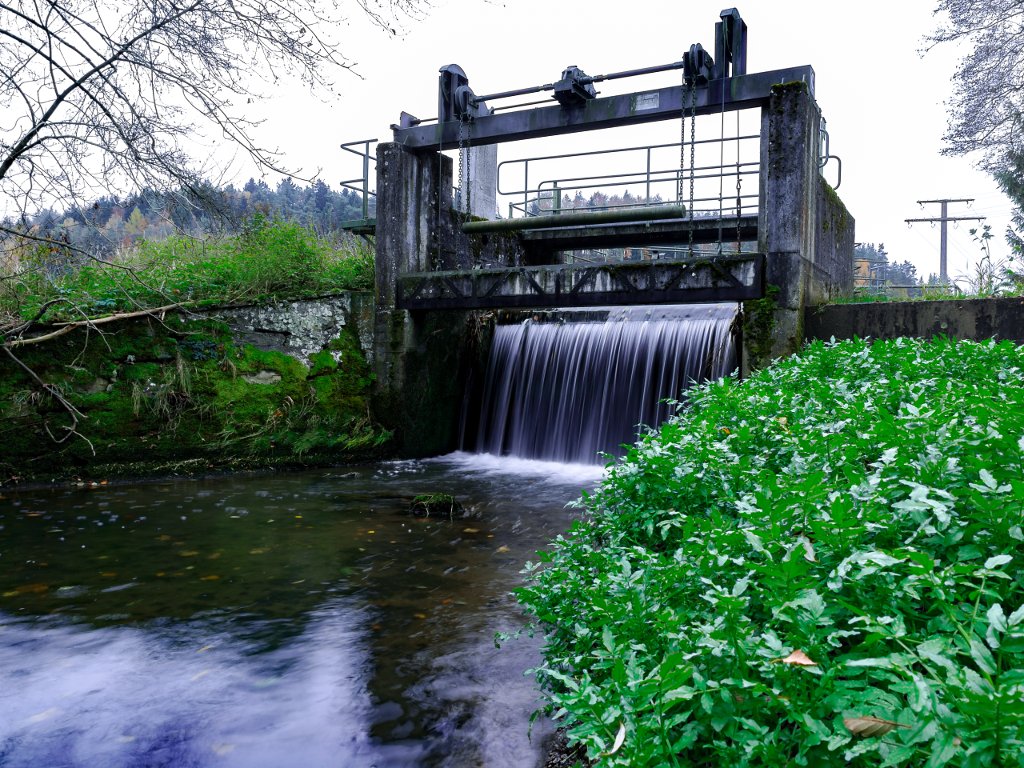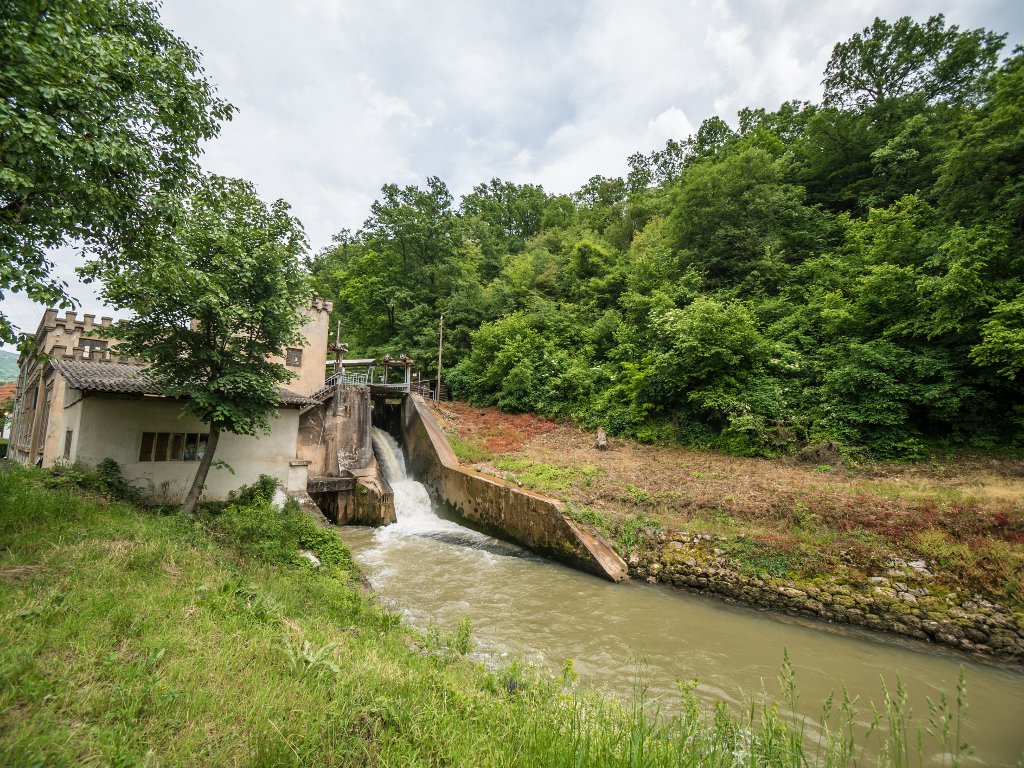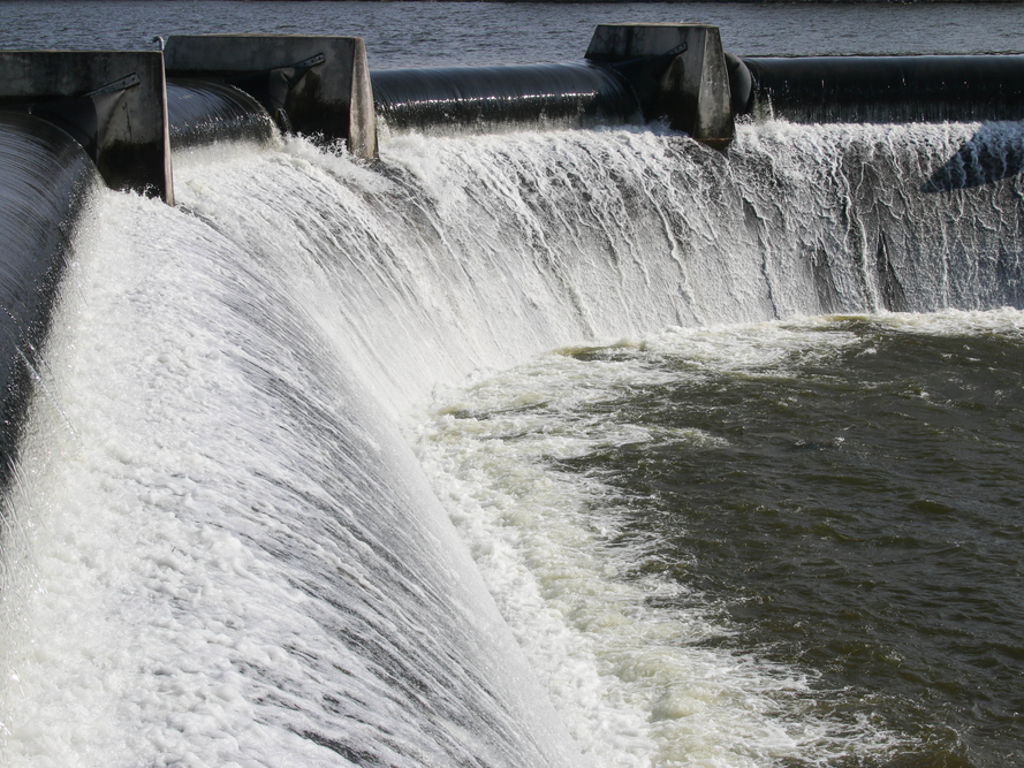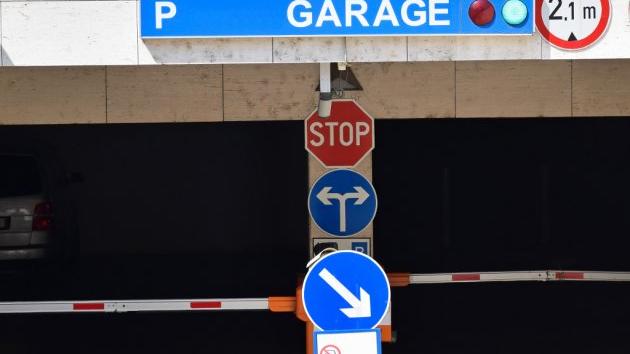Construction of SHPP in Serbia still largely in planning stages – New cadaster to provide amended list of potential locations in 2019
 Tuesday, 07.11.2017.
Tuesday, 07.11.2017.
 15:58
15:58

Let us remind that a notice of construction of 317 SHPP in free locations defined by spatial plans of local self-government units was issued back in 2013. Some of those locations were also listed in the said cadaster, and potential investments were estimated at over EUR 500 million. The state boasted at the time that it had received as many as 1,380 offers by investors, and the then minister of energy, Zorana Mihajlovic, set 2015 as the deadline for the construction of most of those SHPP. However, neither of the said locations had been realized by 2015. The situation has apparently not changed since.
We have not gotten a direct answer to the question of how many of the offered locations have been realized so far from the Ministry of Energy, even after several months of waiting.
According to the current assistant to the minister of mining and energy, Milos Banjac, based on the notice of the locations, non-binding memorandums of understanding were signed at the time with potential investors for the construction of 317 SHPP, “but the investors interested in certain locations hadn`t even performed basic location inspection before applying, so it often happened that they ran into unforeseen obstacles”.
– The resolving of property-legal affairs proved to be an unsolvable problem for a large number of investors – Milos Banjac explains for eKapija.
At the time, eKapija published the full list of potential investors, along with the locations they had applied for, as well as the final list of investors the Commission had proposed for the signing of the trilateral memorandum of understanding, which contained 213 of the 317 offered locations. As our portal reported at the time, there were no applicants for 65 locations, there were 9 applications for non-listed locations and 39 locations were excluded from the list.
The new cadaster, the preparation of which was initiated by the Ministry of Mining and Energy early this year, might encompass those locations as well.
According to the information we got at one municipality, the ministry has filed a request to local self-governments to submit data on potential locations so that those that will make up the future cadaster would be chosen. It is now up to the municipalities to submit the requested data.

The future SHPP cadaster should be a binding professional foundation for the preparation of planning documents in the sense of projecting potential locations for the raising of small hydro power plants, Banjac explains for eKapija.
– The document should serve as the basis for the preparation of bylaws in the field of issuing energy permits, for the purpose of reliable estimation of planned power plant project from the aspect of efficiency of use of the hydro power potential – Banjac says.
Once it is prepared, the new cadaster will replace the current document, which was made in 1987. This thirty-year-old document, which contains 856 potential locations for the construction of SHPP with 450 MW of total power and the annual production of 1,590 GWh, has largely failed to serve its purpose.
Several years ago, the company Srbijavode inspected around 600 locations from this document and found that at least a fifth of them were on dry land. Only around 60 locations were suitable for raising dams, whereas the rest were located in the middle or national parks or were owned by citizens who either didn`t want to sell their property or required large amounts of money for them.
Since the hydrology characteristics of the waterways have changed considerably in the past years, the new cadaster should address this issue.
– All the relevant institutions have been included in the preparation of the new cadaster, and the data presented in it will therefore be more up-to-date and reliable. As a result, we will get a number of potential locations – our interviewee says.
Srbijavode has its own SHPP “cadaster”
According to the Register of Preferential Producers of Electricity, SHPP have been built in 82 locations in Serbia so far, with the total installed power of around 40 MW. In 2017 alone, 13 power plants have been built, with the total installed power of 6.8 MW.
The public water management enterprise Srbijavode has its own register of SHPP and issued water management acts. According to this document from September 2017, several types of water management acts, such as requirement opinions, requirements, authorizations and permits, have been issued in the country for over 600 locations.

– The amendments to the Law on Planning and Construction abolished the water authorization, and the water permit is no longer a requirement for the issuing of the exploitation permit, so Srbijavode only registers issued water permits for the purpose of calculating compensations for the exploitation of water land – Veljko Dimitrijevic, assistant to the director for technical affairs at Srbijavode, says for eKapija.
According to this register, water permits for 54 SHPP, with the total installed power of 34 MW and an estimated annual production of around 152 GWh, were issued until June 2017.
As our interviewee explains, some of the locations from their register match those from the 1987 cadaster, and it is not yet known whether they are to be included in the new document.
Environmental aspect as opposed to profit
Professor Tina Dasic of the Faculty of Civil Engineering in Belgrade believes that the preparation of the new SHPP cadaster is good news, but that the environmental aspect needs to be taken into consideration in the process.
– The aspects of the integration of SHPP in the environment, that is, the ecological and the social surroundings, need to be analyzed much more seriously. I`m afraid that some environmental damage has already been done, and the preparation of the new cadaster is therefore an opportunity for all the aspects of the construction and the integration of SHPP in the environment to be examined in more detail so that the construction of those power plants which might harm the environment, while producing very small energy benefits, should be avoided – Dasic says for eKapija.
Srbijavode also agrees that there are great reservations regarding how ecologically acceptable this project is, as the construction of HPP brings into question the realization of the water management and environmental protection strategy.
It should be reminded that Serbia is obligated to have 27% of its electricity produced from renewable sources by 2020.
Katarina Stevanovic
 Ministarstvo rudarstva i energetike Republike Srbije
Ministarstvo rudarstva i energetike Republike Srbije
 JVP Srbijavode Novi Beograd
JVP Srbijavode Novi Beograd
 Građevinski fakultet Beograd
Građevinski fakultet Beograd
 EPTISA SOUTHEAST EUROPE DOO BEOGRAD
EPTISA SOUTHEAST EUROPE DOO BEOGRAD
Most Important News
06.04.2024. | Agriculture
Preconditions for Placement of Fresh Blueberries and Dried Plums in Chinese Market Secured

16.04.2024. | News
Jovan Ciric, Leasing Director Retail MPC Properties – MPC Echo symbolizes our desire for good ideas and innovative endeavors to spread freely and bring about positive changes

16.04.2024. | News
10.04.2024. | Finance, IT, Telecommunications, Tourism, Sports, Culture
Creative Industry – What This Serbian Economy Sector Worth EUR 2 Billion Encompasses

10.04.2024. | Finance, IT, Telecommunications, Tourism, Sports, Culture
22.04.2024. | Industry, Transport
Serbia to develop project of “flying taxis” for EXPO with Airbus – Signing of memorandum announced

22.04.2024. | Industry, Transport
16.04.2024. | News
Economy Fair in Mostar opens – 26 companies from Serbia exhibiting

16.04.2024. | News
22.04.2024. | Transport
City of Belgrade selling garages – Initial price EUR 7,000

22.04.2024. | Transport


 Izdanje Srbija
Izdanje Srbija Serbische Ausgabe
Serbische Ausgabe Izdanje BiH
Izdanje BiH Izdanje Crna Gora
Izdanje Crna Gora


 News
News






